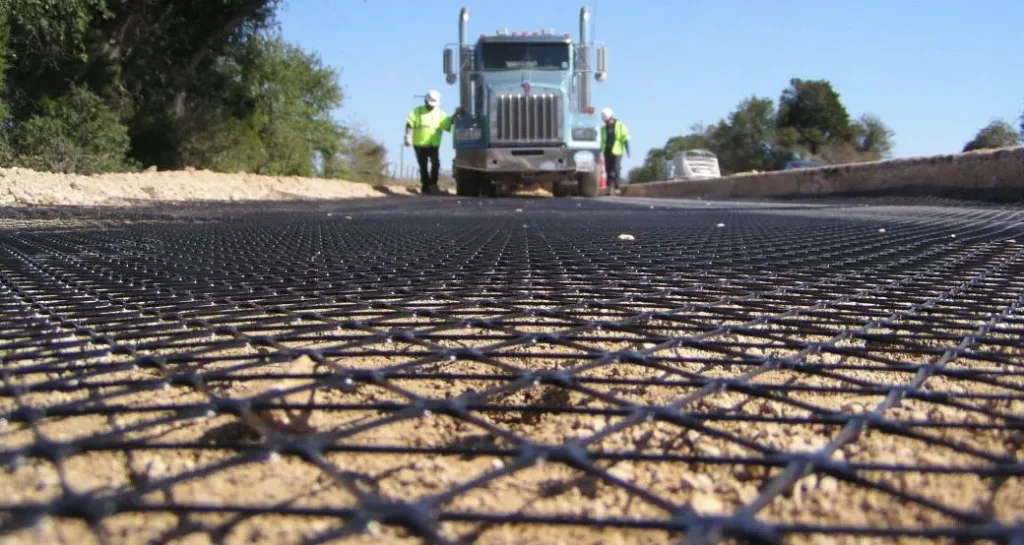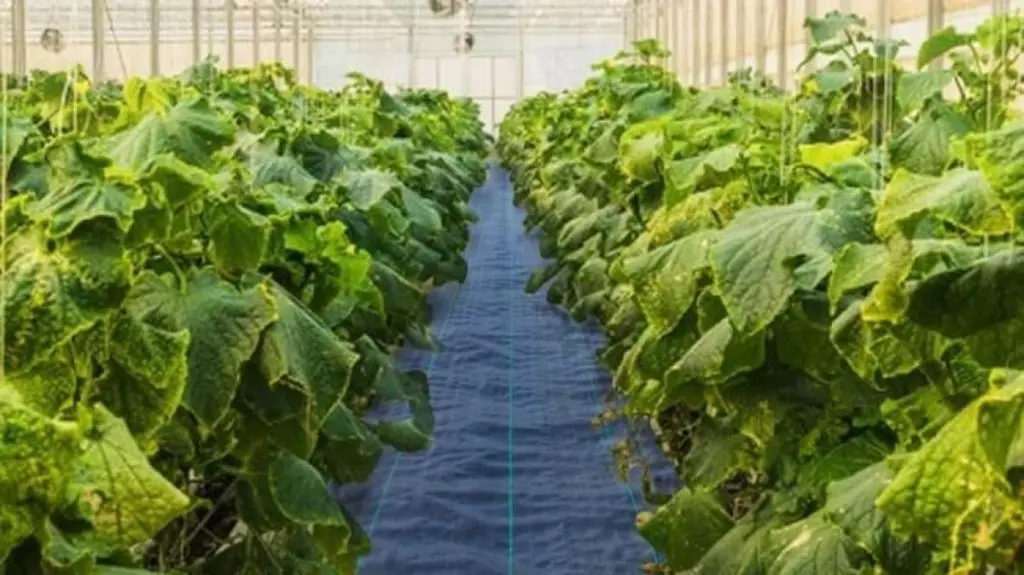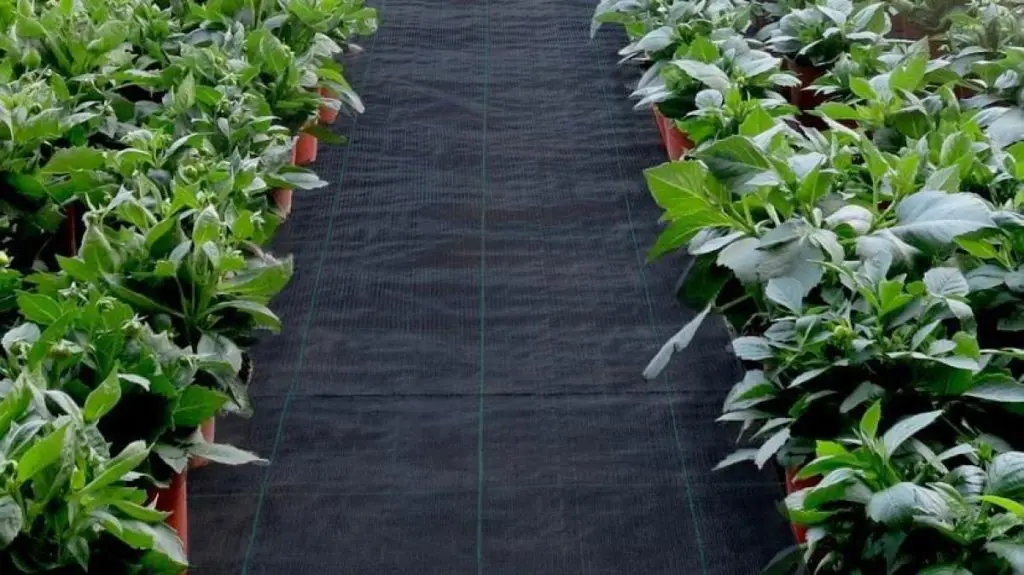Introduction
Soil, walls, or driveways are crucial parts of our lives. They provide a better life for all vehicles, pedestrians, and security walls. Have you ever thought about how you can increase their strength and prolong their lives?
Engineers have introduced geosynthetic materials — Geogrid And Geotextile. But most people remain confused about which geosynthetic is the right choice and why.
If you have that sort of question irritating your nerves, sit back. We have evaluated the geotextile and geogrid and compared their differences. In this guide, you’ll learn about geogrid vs geotextile and understand five essential differences between these materials.
Let’s go through it!
Table of contents
Part 1: Geogrid Basics
What is geogrid?
Geogrid is a synthetic material designed to provide support to different materials. Because of its tensile strength, it prevents soil erosion. The most common constituents include polyester, polypropylene, or fiberglass. Because of grid-like alignment, we call it a geogrid.
Types of geogrid
There are three critical types of ground grid.
Extruded Geogrid
Stretching of the uniaxial or biaxial geogrid fibers makes the extruded geogrid. Compared to other types, it is more robust and provides better strength.
Woven Geogrid
As the name exhibits, polyester fibers are woven to make the geogrid. Woving can be horizontal or longitudinal, based on the manufacturers.
Bonded Geogrid
Joining two or more sets of geogrid strands makes the bonded geogrid. There is often a right angle between the strands.
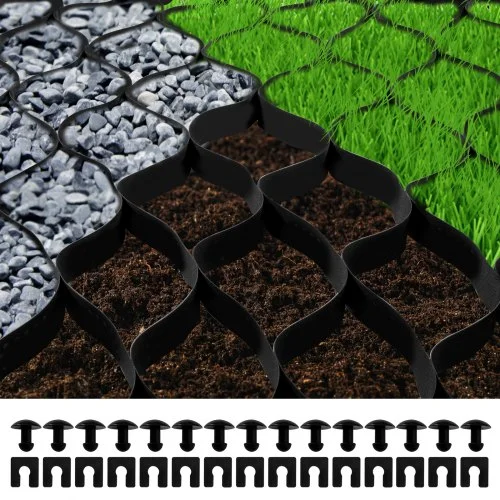
Applications of Geogrid
Geogrids are a game-changer in various daily life applications. Excellent stabilization properties stand them out.
Some of the most common applications include:
Pavement System
Do you want to extend the life of your pavements? Rely on the geogrids. They provide better support, minimize the chances of cracks, and prevent damage. It provides a higher durability to your pavement systems.
Soil reinforcement
In the driveways, you often need better support from the soil for your heavy traffic. Geo Cell geogrids are the decisive factors as they minimize the cracking of the driveways, prolonging their lives.
Retaining walls
In retaining walls, a wedge of soil puts pressure on the wall and damages it. But don’t worry when you have access to geogrid. It stabilizes the soil, prevents erosion, and better supports your retaining walls.
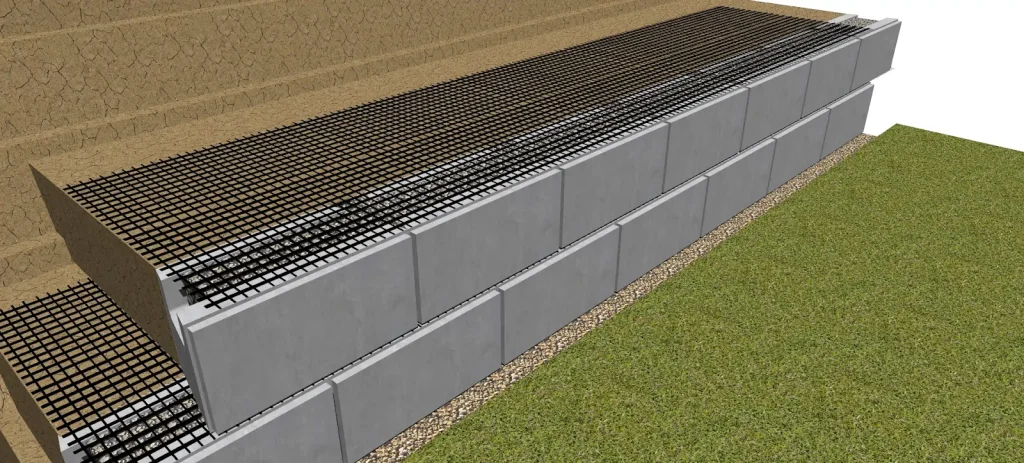
Slope stabilization
Engineers are more concerned about the slopes that cause the quick deterioration and falling of the walls and materials. Geogrid has resolved this matter in seconds by offering complete stabilization. No more rainy water can destroy your wall, ensuring better stability.
Part 2: Geotextile Basics
What is Geotextile?
Geotextiles are more permeable materials and have different use and stability options. Polyester, polypropylene, and polyethylene manufacture the geotextile material.
Because of filtration and permeability, it comes up with various applications in the geotechnical industry.
Types of geotextile
There are three different types of the geotextile. They might share some features but have another build and structure. Take a look!
Non-Woven Geotextile
Nonwoven geotextile has a random bonding of the fabrics. Heat bonding or needle punching causes the non-visible patterns.
Woven Geotextile
The weaving of fabrics makes the woven geotextile. Construction patterns are visible in woven geotextiles.
Polyspun and Spunbond Geotextiles
In this geotextile manufacturing, extruded parts spinning and bonding occur. It gives a better lifespan and acts as a weed barrier.
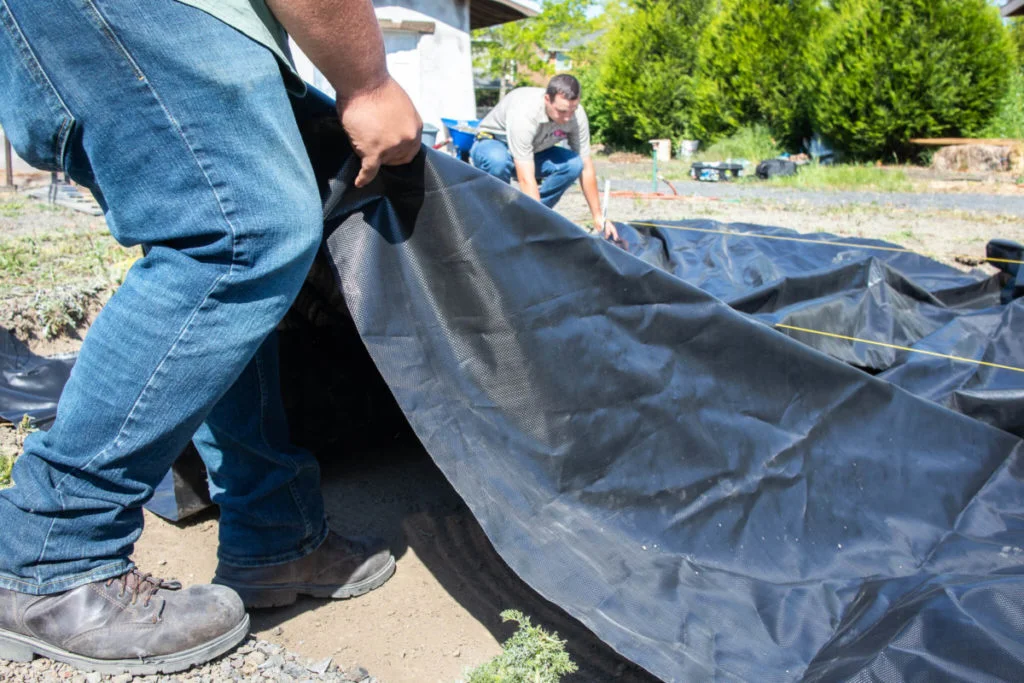
Applications of Geotextile
Geotextiles are a good idea in various ways. These can be:
Filtration
One of the best things about the geotextile is its permeability. It allows the passage of water and filtration in the soil. Rainwater gets filtered through the geotextiles and avoids causing soil erosion.
Drainage
The drainage system is matchless. You can’t find the best drainage mechanism by installing geotextile material in the soil. Usually, in road constructions and landfills, it drains the water.
Separation
Soil layer mixing is a common problem affecting the integrity of your soils. But relax! When the geotextile is available, you get a flawless separation of all the layers. With soil reinforcement and separated layers, you get an ideal drainage system with immense power for your walls, driveways, or walkways.
Erosion control
Geotextile is all about gripping the soil’s stability and preventing erosion. It does all this by providing a permeable route to the water and drainage through the soil drains. There is no more seeping and sinkholes in the soil surface. The most common applications include shorelines and riverbanks in this case.
Part 3: Geogrid Vs. Geotextile: Differences
In geotextile vs geogrid, first, you must decide which is the best. Nothing is better than having a head-to-head comparison. But you don’t bother as we have done all the research regarding the differences between both materials. Take a look!
Composition
Material is crucial to every geosynthetic material. But remember, one thing is common— the use of plastic polymers. Geogrid has a slight difference in the composition and materials.
A geogrid comprises polyester, polyethylene, polyvinyl alcohol, or polypropylene. The primary difference from the geotextile is the composition and alignment of the structure. A geogrid has a grid-like pattern of all the elements arranged in such a position.
In the case of geotextile, the primary composition materials are polyester or polypropylene. However, you can find many other polymer constructions. Geotextiles are just like clothes with thin, lean designs and more about the permeability of the content. They do not have a typical grid-like shape of geogrid.
Strength
Strength is more dependent on the material type and composition. Using compelling elements with robust alignment imparts strong features. Let’s see where both materials stand.
The grid-like alignment of the materials nurtures high strength to the geogrid. It can sustain the weight of heavy vehicles or tons of kilograms without a single crack. That is the greatness of Geogrid.
Don’t underestimate the geotextile as well. It has a moderate strength but less than that of a geogrid. The first cause is the plastic polymers used, and the second is the alignment of fabrics that focuses more on permeability. Therefore, distant fabric weaving allows better water passage but less power than the geogrid.
Installation
The installation process defines whether a beginner can handle their installation effectively or not. Let’s see which material offers better support and ease of installation.
Geogrid is super easy to install. No matter if it is your first-time installation or your 100th time, the process is straightforward. You must place your geogrid horizontally in the ground and fill it with the soil or relevant materials. That is all and excellent!
Geotextiles don’t need the expertise to install. However, to hold them back in the soil, you need to install the stakes. Place your geotextile. Install stakes at the correct position to keep your geotextile. Quick and easy peasy!
Load Distribution
Load distribution refers to the power of the establishing loads on the surface. Both materials have an excellent load-sustaining power. Let’s know why and how it happens.
A geogrid has a high strength and more power. It handles tons of loads without even stretches or cracks. You can install it on a broader surface and expect better supportive responses.
Geotextile has different features for the load distribution. Instead of better handling, it distributes the load evenly and can support your roads or inner soil surface. Plus, the permeability features let the soil be stabilized, ensuring the handling of tons of loads.
Applications
Geogrid and geotextile don’t have a set rule of applications. However, you can get an idea about the type of application.
Geogrid offers the support due to its robust structure and grid-like alignment. You can install it in the soil reinforcement, retaining walls, patio, or driveways. At all these points, the primary goal is to offer strength.
Geotextile eyes on the soil protect more than support. Water permeability allows faster water flow through the soil and proper drainage. You can deploy it in your underwater drainage systems.
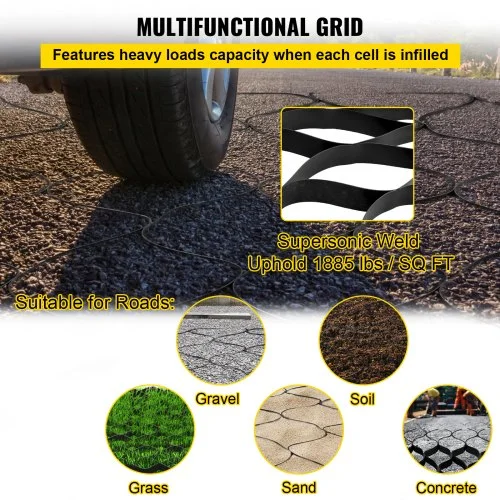
Part 4: Frequently Asked Questions about Geogrid Vs Geotextile
What are the critical differences between geogrids and geotextiles?
Geotextile is more about filtration and soil separation purposes. On the other hand, geogrid is a robust material that provides excellent strength to your walls or driveways.
When should you use Geogrid?
Whenever you need to increase the power and stability of your walls, soil, or driveways, geogrid is right for you. Harness them and
Why is geotextile used?
Geotextile is often used for soil protection. Its excellent water permeability allows better drainage during the rainy seasons and prevents soil erosion.
Can I use Geogrid in road construction?
Yes. It interlocks the aggregates and provides practical support. If a trailer passes on the road, geogrid support doesn’t let the performance of your road go down.
Conclusion
From all the differences, one thing is obvious: the use of both materials in Geogrid vs. Geotextile. You can’t go for the geogrid in case of filtration and separation and vice versa. First, define what exactly your need is. Suppose you want to build a patio; a quality geogrid can provide better support.
VEVOR has the promising quality ground geogrid with guaranteed long life for better ground support. Years of warranties and affordable costs keep your financial worries at bay. Check out the ground geogrid on VEVOR right now!

